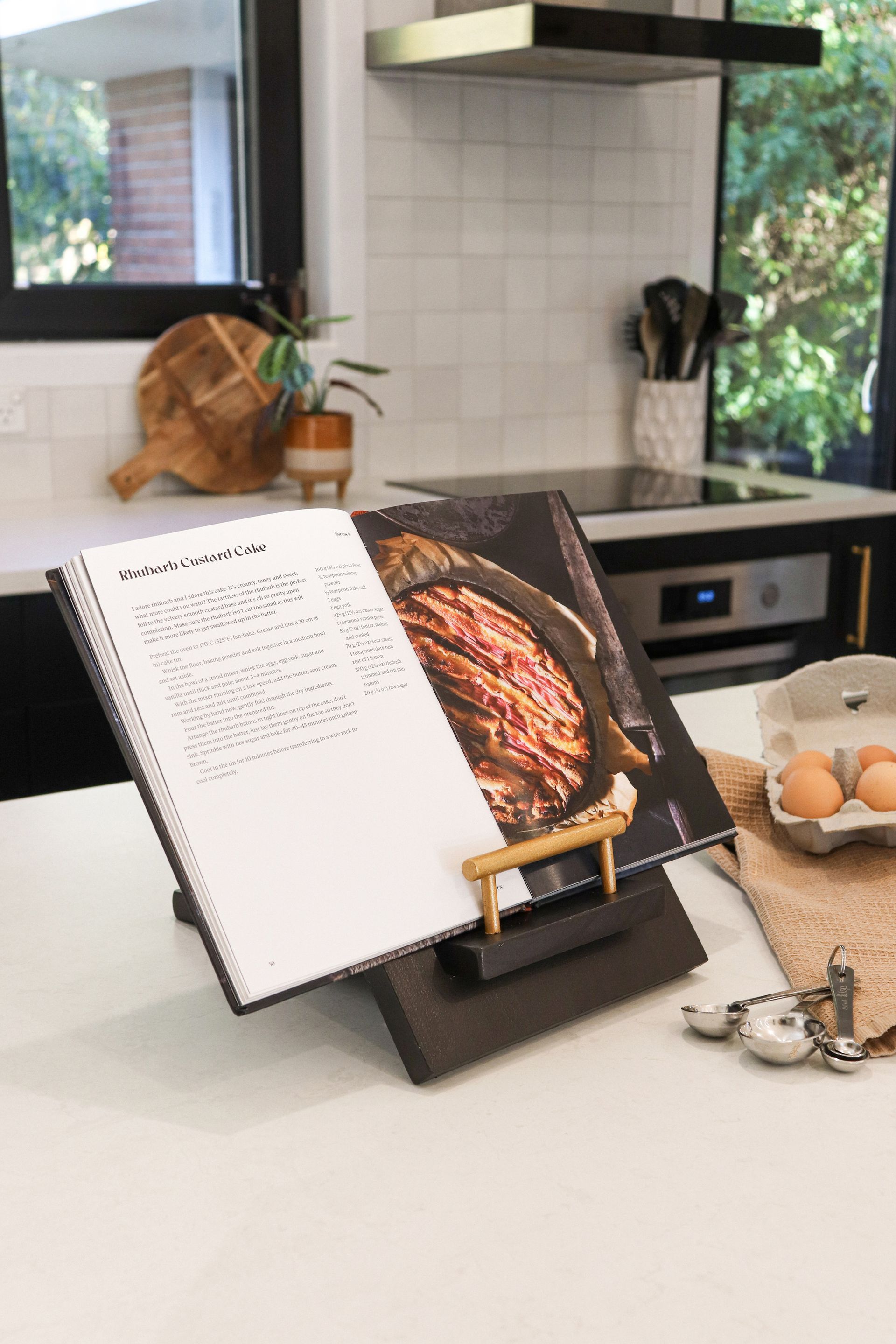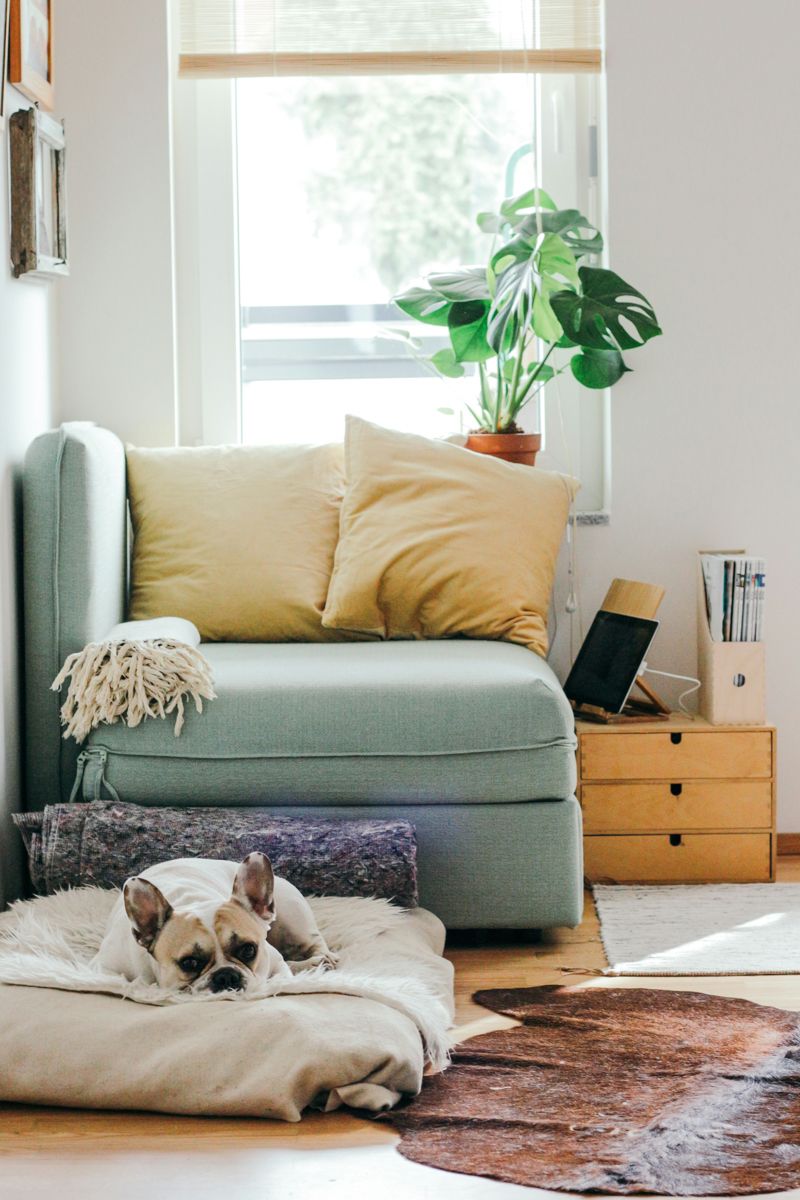While camping may not be high on the agenda for everyone during a South Island winter, you don’t have to rough it to feel at one with nature, as we discover at Valley Views Glamping.
Otiake (Waitaki) has welcomed us from cloud-sodden Christchurch with clear blue skies and a brisk chill announcing that winter has well and truly arrived. As we snake up the gravel road, the sight of geodesic domes nestled into the mountainside is a sight for city-weary eyes. The crisp air is filled with the scent of pine, and we take a moment to stand slack-jawed, marvelling at the views over the Waitaki Valley and Hakataramea.
We are at Valley Views Glamping, our accommodation for the next two nights, and we’re in for a real treat. We are greeted by owners Patrick and Amber Tyrrell who show us around and explain a few things that are different from staying in a run-of-the-mill hotel.
The property is completely off grid, running on solar power, and everything has been thoughtfully designed to make as little impact on the environment as possible. ‘We don’t spray anything on this land at all,’ Patrick proudly explains. ‘There’s no wastage, we don’t use something we don’t have to use, and we recycle everything. Our septic tank is a worm farm, our composting toilet in the dome will eventually be put on our trees, and we use water from the local spring. We choose sustainable materials and eco-products wherever we can and buy as locally as possible. We try and lead by example. What you do at home makes all the difference.’
He leads us down the winding track to our dome – the Station Peak Dome which is the largest of the six available. It’s time for our jaws to drop once again – the dome is furnished beautifully, with a little log fire and a huge window that frames the expansive vista in front of us. There’s a luxuriously comfortable California king bed, cosy down duvets, seating, romantic touches like candles and board games. Outside, there’s a private deck with comfy chairs. In our dome, we even have a composting toilet which I promise, doesn’t smell. This is about as far from ‘roughing it’ as you can get.
We throw some logs on the roaring fire, and flop on the bed to watch the sun putting on a dazzling display as it creeps slowly under the ranges.
As the solar-powered fairy lights in our dome sparkle to announce night has arrived, we wander up to the main lodge to enjoy a three-course meal prepared by Amber that could rival any fine dining restaurant. After we’re fed and watered, we step outside to discover the Milky Way at its most mesmerising. With clear skies and no light pollution, it feels like it’s close enough to touch.
The next day, the baying cows and chirping birds wake me before sunrise, and I’m glad they have. I quietly creep out and sit on the deck to enjoy the dawn chorus, and the spectacular sunrise. I wander up to the lodge where Patrick has breakfast already laid out for the guests – muesli, fruit, yogurt, toast and fresh eggs, collected from obliging hens that ate last night’s scraps.
‘We have a strong connection to this area,’ says Amber. ‘I was brought up here, my brother and sister-in-law own the farm at the back, and Mum lives next door. This place has a really special place in our hearts.’
Amber and Patrick, who have been married 26 years, bought their property in 2007 and shortly after, Amber started managing a hut for her brother at the back of their own property. ‘People were always commenting on our fabulous views and we always wondered how we could utilise it,’ explains Amber.
Glamping was a new concept of the time (they had glamped during a trip to a game farm in South Africa), but with the opening of the Alps 2 Ocean Cycle Trail in 2013 providing a steady stream of visitors to the area, and limited accommodation options, the seed was planted for luxury glamping-style accommodation.
n 2017, they decided to get the ball rolling. ‘We started off with lotus bell tents, and they are very cool-looking but not that great in the wind,’ says Amber. ‘And when the wind decides to blow, it does so with vengeance because we’re so exposed up here.’ During particularly gusty days, Patrick and Amber would find themselves dropping the tents down with the furniture inside. ‘As I was taking the tents down, I thought there’s got to be something better than this. I had done some research and I knew that the geometric dome was a very strong structure, and it’s very wind resistant.’
Domes were ordered, insulated and decorated, and the result is the first accommodation of its type in New Zealand. To begin with, Amber and Patrick were modest with their expectations of what success would look like. ‘We were banking on 600 people booking with us. In the first year it was over 1,100 from 26 countries and it’s just gone up from there.’
Now, that number is over 6,200. ‘That is just phenomenal,’ says Amber. ‘And you think you’ve seen them all, but we get all types. It’s a pleasure the people that we meet every day. The proudest moment for me is the wow factor that people get. They come here and they walk into the domes and say wow and that makes me feel very proud. It doesn’t get old. And you’d think that people would be blasé about it but they’re not.’
In 2017, they decided to get the ball rolling. ‘We started off with lotus bell tents, and they are very cool-looking but not that great in the wind,’ says Amber. ‘And when the wind decides to blow, it does so with vengeance because we’re so exposed up here.’ During particularly gusty days, Patrick and Amber would find themselves dropping the tents down with the furniture inside. ‘As I was taking the tents down, I thought there’s got to be something better than this. I had done some research and I knew that the geometric dome was a very strong structure, and it’s very wind resistant.’
Domes were ordered, insulated and decorated, and the result is the first accommodation of its type in New Zealand. To begin with, Amber and Patrick were modest with their expectations of what success would look like. ‘We were banking on 600 people booking with us. In the first year it was over 1,100 from 26 countries and it’s just gone up from there.’
Now, that number is over 6,200. ‘That is just phenomenal,’ says Amber. ‘And you think you’ve seen them all, but we get all types. It’s a pleasure the people that we meet every day. The proudest moment for me is the wow factor that people get. They come here and they walk into the domes and say wow and that makes me feel very proud. It doesn’t get old. And you’d think that people would be blasé about it but they’re not.’
‘What I’ve always wanted to create is a place where people can find themselves,’ adds Patrick. ‘When you get back to nature and the silence of the outdoors, you find yourself, and this place allows you the space for that. We don’t have TVs, we don’t have Wi-Fi, we’re off the grid. I say to people, do nothing! Go and have a bath and sit there for three or four hours and look at the sky. Go and have a nap. Learn to do nothing.’
Amber and Patrick are fabulous hosts, really taking time to chat to the guests and make them feel welcome. The passion, love and care they’ve put into creating this unique property is evident, and it’s truly a family affair, with their four children helping out at various stages during the build and the day-to-day running.
And while many others in the tourism industry have felt the pinch of international tourism, Valley Views Glamping has been an exception. As well as visitors from around the country, the domes are also proving popular with military-style leadership training, yoga and wellness retreats.
‘We are up 33 per cent from pre-Covid,’ says Amber. ‘There are so many Kiwis that are doing the Alps 2 Ocean Trail, and people wanting to get out and explore their country which has been great for us. We have a lot of young couples stay, we’ve had lots of engagements and three babies made here, that we know of!
‘It’s just pinch-yourself stuff. We had no idea it would be so successful. It makes us realise that you don’t have to be an extraordinary person to do extraordinary things. You just have to get the ball rolling.
Recent stories









